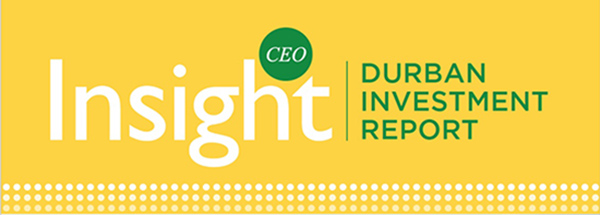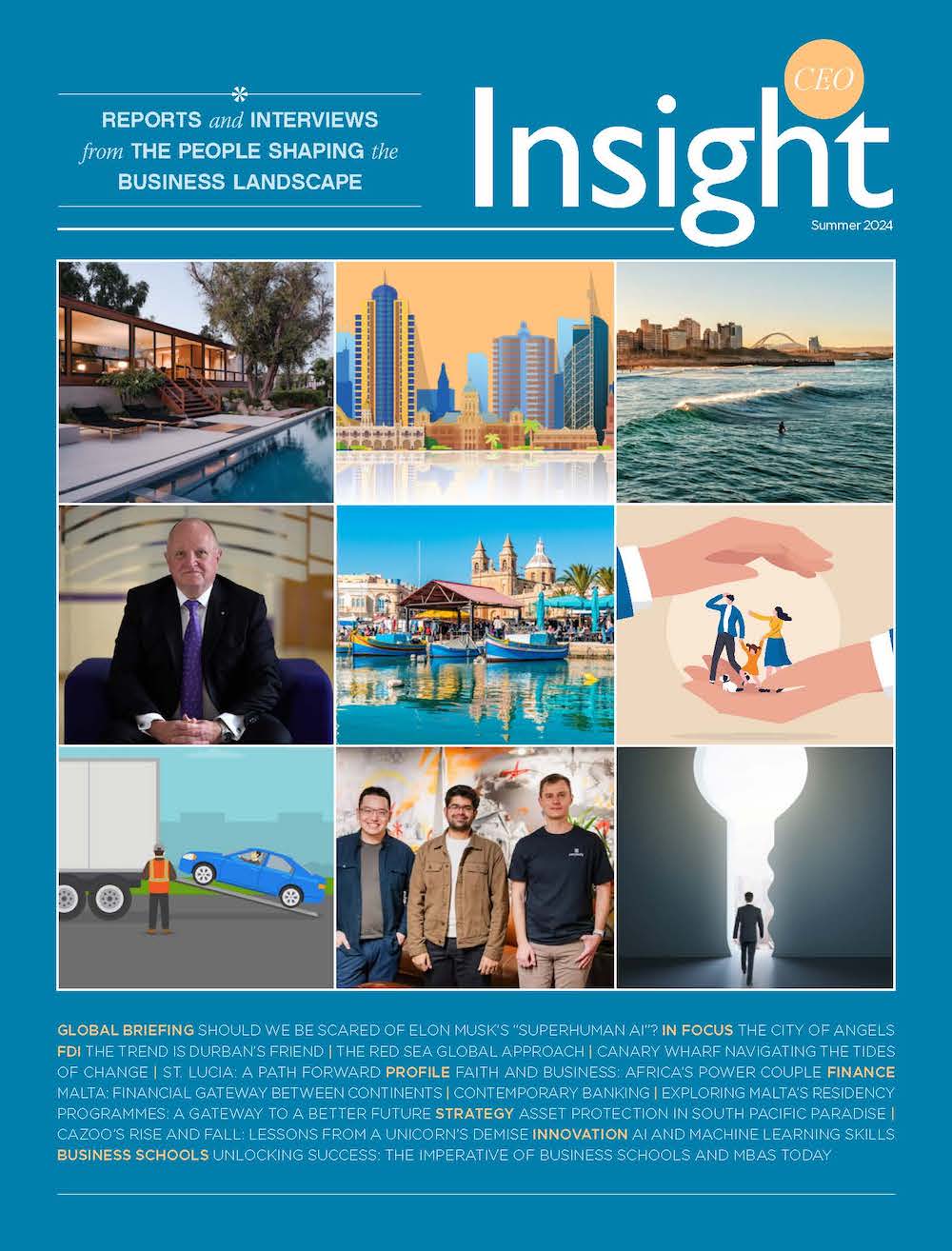So Where Are The Oil Riches Going?
Share

War and sanctions have pumped oil prices into the stratosphere, leaving fuel exporters laden with money. At the core of the development is the world’s first truly global energy crisis. After Russia’s invasion of Ukraine, already high wholesale gas prices skyrocketed, sparking historic gains for oil and gas producers.
In the past year, Norway, which has ramped up fuel exports to Europe to fill the Russian vacuum, earned $161bn in tax from petroleum gross sales, up 150% versus 2021. In the US, in the first quarter of 2022, ExxonMobil earned $5.5bn after taxes, Chevron $6.3bn and ConocoPhillips $5.8bn. Russia, despite sanctions, saw income rise by 19% to $210bn.
So where are the excess profits going? In the US, they have predominantly gone to shareholders. Combined, Chevron, ExxonMobil, Shell, BP and TotalEnergies returned $102bn in profits to their investors, paying out $48bn in dividends and spending $54bn to repurchase shares. The Biden Administration has tried to get US energy companies to help drive down prices by adding more rigs, pumping more crude oil and increasing supply.
“Rystad Energy, a consultancy, estimates that they earned $600bn in tax from hydrocarbon exports in 2022.”
Despite this appeal, overall US oil production is still running far below pre-pandemic levels. Chuck Schumer, Senate Majority Leader, claimed: “They’re not using the money for domestic energy production… They’re using it for stock buybacks. They’re using it to make their shares go up.”
UK firm BP has been accused of profiteering after underlying profits tripled to $8.5bn (£6.9bn) between April and June 2022 thanks to high oil prices. It was its biggest quarterly profit in 14 years, and BP said it would hand out nearly £4bn to shareholders as a result. In 2022, BP shareholders received 19p for every share in the company they owned, a total pay-out of around £3.5bn, up 11% versus 2021.
The Norwegian government’s net cash flow from petroleum sales is transferred into the country’s sovereign wealth fund. The government can only spend a small part of the fund each year, and since inception the fund has invested in more than 9,300 companies in 70 countries. Now, some of Norway’s prominent economists and even energy industry executives have called on the government to put its fossil fuel revenues into a new international solidarity fund that helps countries meet their climate goals.
According to Lars-Henrik Paarup Michelsen, director of the Norwegian Climate Foundation think tank, Norway may damage its international reputation by pocketing its bumper oil and gas profits. He has called on the government to redirect its extraordinary windfall to further help Ukraine, accelerate Europe’s energy transition and provide climate finance for low-income countries.
But it’s the Gulf states, which benefit from low manufacturing prices, spare capability and convenient geography, where arguably the most interesting developments ae taking place. Rystad Energy, a consultancy, estimates that they earned $600bn in tax from hydrocarbon exports in 2022. Previously, in similar situations, they might have put the proceeds into Western capital markets, acquiring assets via offshore banks. Or they placed the cash at Western banks and bought ‘safe’ government bonds.
Now, however, it seems that they are using their excess cash in different ways and turning their focus away from the West, building economic bridges with poorer neighbours, some of whom were once considered enemies. The Gulf monarchies are focusing on economic cooperation. At the core of this move are sovereign wealth funds, which are being used to boost regional stability via billions of dollars of investments.
Saudi Arabia and the UAE have both repaired ties with regional rivals Turkey and Qatar, and they have approached Iran. They have also meaningfully reduced military activity in Yemen, where they went to war less than a decade ago. According to Hussein Ibish, a senior resident scholar at the Arab Gulf States Institute in Washington, “This is part of the soft and sticky power aspect of the strategic and tactical move away from a decade of confrontation and conflict initiated by the Arab Spring.”
In perhaps another sign of this new focus, Saudi Arabia and its OPEC allies angered the US in April by deepening crude production cuts by the equivalent of 4% of global production, which helped lift prices. This isn’t the first time this has happened. Last year, two US lawmakers introduced legislation that would issue a one-year stop to arms sales and military aid to Saudi Arabia amid growing congressional backlash against Riyadh after OPEC decided on a major oil production cut.
Gulf funds have set up teams to study China, India and southeast Asia. As the green transition picks up speed in the West, this is where they’re going to sell more oil, and that’s why they want to invest in industries that will use that oil. Gulf clients see a big opening to muscle in on the space vacated by Western investors who are shying away these areas – could this be a sign of fundamental shift in the world order?



























